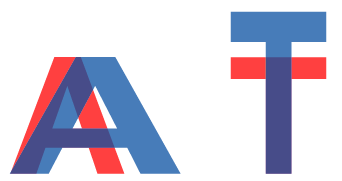Yes, there is a difference between a font and a typeface. And, no, designing a logo is not the same as developing brand identity. “I don’t know if we have any copies left” is not the correct reply to the question: “When can I expect to receive the copy?”
It seems, from previous discussions, we have determined that a formal education does not produce a better designer. But shouldn’t there be a certain obligation from anyone involved in the graphic arts to speak the ‘language’ of the profession?
Thanks to John Doe* for the conversation leading to this topic.
*Names have been changed to protect the guilty.







And so why can formal education provide better professionals on any knowledge brand but can’t help designers? Can I be a good designer without education?
On Jun.11.2004 at 02:37 AM